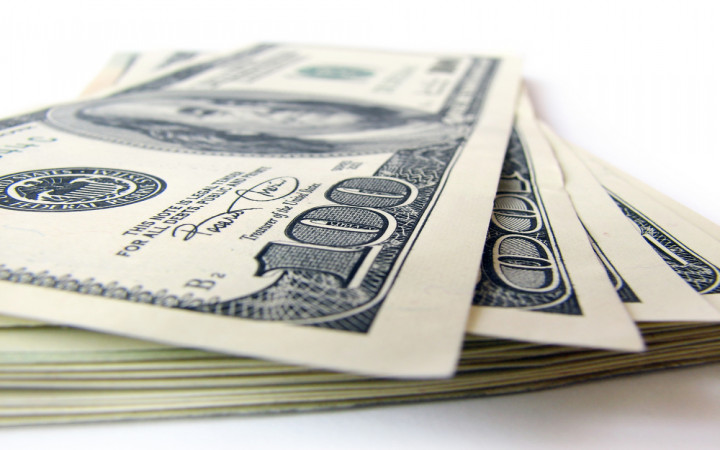Wouldn't it be cool if you could make money while you sleep? Believe it or not, you can! All you need to do is save some of your money by depositing it into a bank account that pays interest.
Interest is money the bank pays you for the privilege of keeping your money safe. To understand how this works, let's learn the difference between banks that pay no interest and those that pay either simple interest or compound interest.
For example, let's say you put $100 in your piggy bank. Over time, if you don't spend any of it, you'll still have $100 in your piggy bank, right?
Because your piggy bank is not a real bank account, it doesn't pay you interest. It just holds your money, which doesn't grow over time. You'll always have exactly the same amount you started with.
Instead, let's say that you deposit your $100 into a bank account that pays simple interest quarterly. Your $100 is called the "principal." “Simple interest quarterly" means the bank pays simple interest on your $100 four times a year.
If your bank pays 5% interest, that means every three months (quarterly), the bank pays you $5 (5 percent of your original $100) in simple interest. After a year, you'll have $120 ($100 — your principal — plus $5 for each quarter in the year).
You don't even have to go down to the bank to collect your simple interest. The bank puts that money right into your account!
Simple interest is a pretty good deal. You get paid $20 just to leave money in a bank account. But there's an even better deal! Let's see what happens when your bank pays compound interest.
Compound interest is very similar to simple interest. The difference is that instead of paying interest on your original $100 every quarter, the bank instead will add each interest payment to the principal.
That means you end up earning interest on your interest. When this happens, bankers say your interest is "compounded." Let's do some math to see the difference this makes. You start with $100 in a bank account that pays 5% compound interest, quarterly.
At the end of the first quarter (three months), the bank pays you $5 (5 percent of $100). Your new principal balance is $105. At the end of the second quarter, the bank pays you 5% interest again. This time, though, it pays interest on your principal balance of $105.
Since 5 percent of $105 equals $5.25, the bank adds $5.25 to your account. Your principal balance goes up to $110.25 ($105 plus $5.25 in compound interest). If you do the same math for the third and fourth quarters, you'll find that your principal balance at the end of a year is $121.55.
With 5% simple interest, you had $120 in your account at the end of a year. With 5% compound interest, you earned an extra $1.55.
As you can see, compound interest helps your money grow faster because it pays interest on your interest over time. That extra $1.55 may not sound like a lot of money right now, but your account has only earned compound interest for one year.
The more money you put in your account, the more interest the bank will pay. The longer you leave your money in your account, the more compound interest it will earn over time.
Some people wonder where banks get the money to pay interest. After all, if the bank keeps your money safe, shouldn't you pay it for such a service? The reason banks can pay you interest is because they use your money — and everyone else's money — to invest in things like stocks, bonds, and mutual funds. The bank makes money (profit) on those investments. It then pays you compound interest out of those profits.




